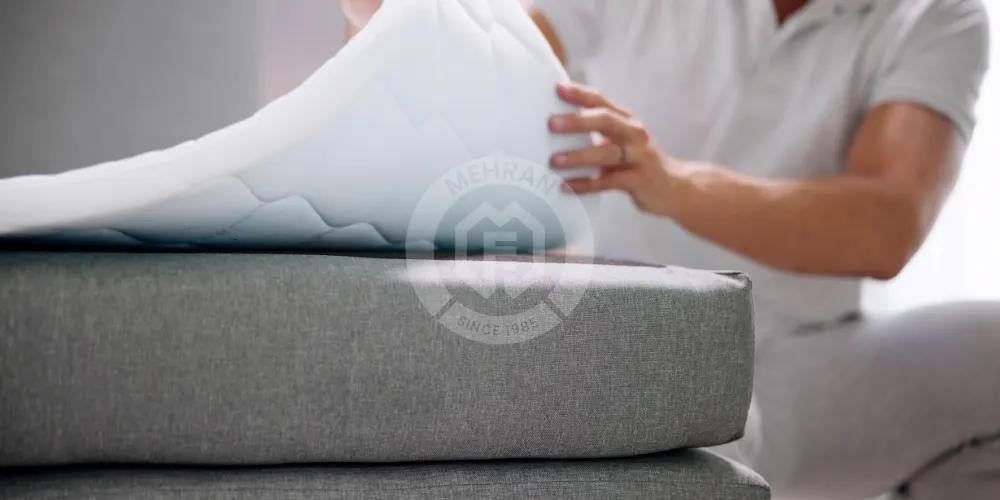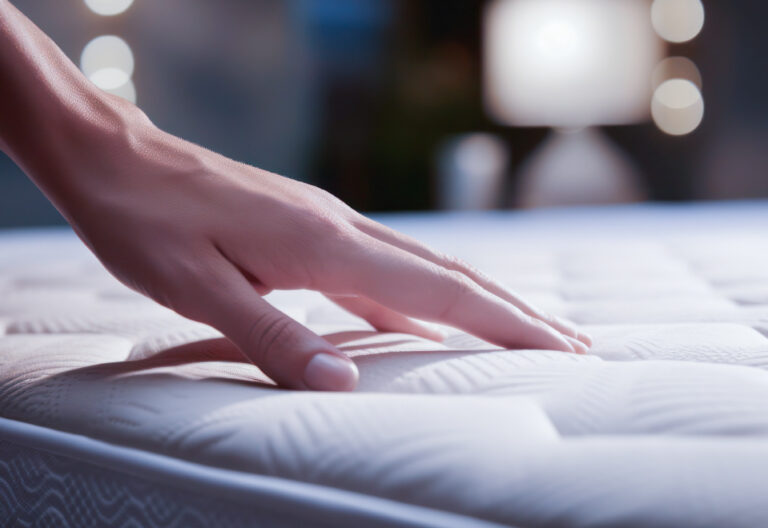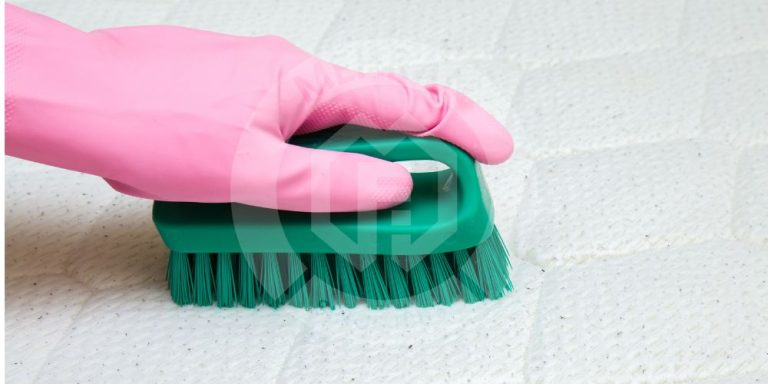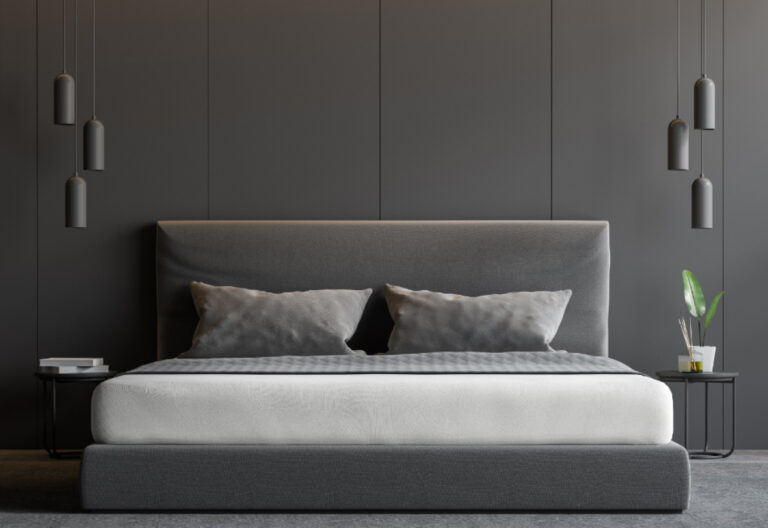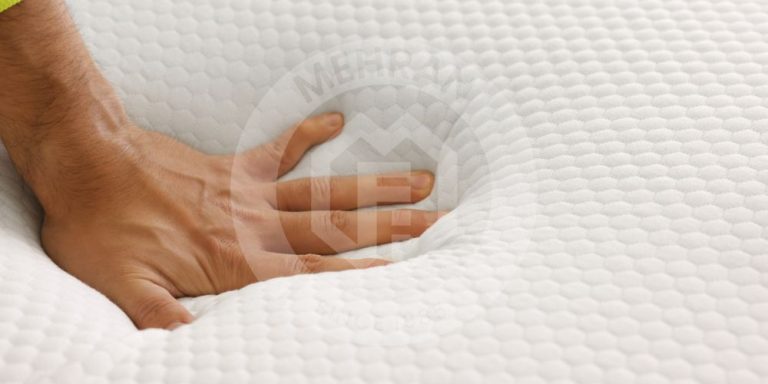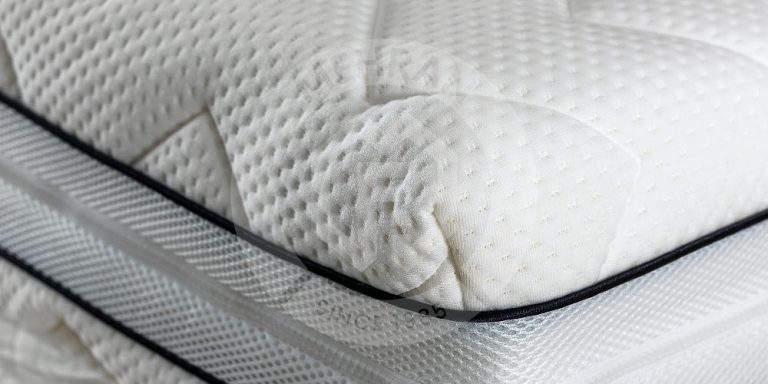What is Memory Mattress
Have you ever jumped on a mattress that literally printed your whole body’s shape on it? That was definitely a memory mattress. In this blog, we’re going to answer your query about what is memory mattress, discuss everything about it, and why it’s the go-to mattress for the majority of people.
A memory mattress is made up of polyurethane material that softens in response to your body heat and pressure contouring to your body shape ance once you get up, it gradually returns to its original form. That’s the reason behind its name, a memory foam. So, without any further ado, let’s dig more into the details.
Where does Memory Foam Come From?
Memory foam was originally developed by NASA back in 1966 to improve the seat cushioning of aircraft. Over time, this invention found its way into consumer products like pillows, and mattresses. It’s made to be both energy-absorbing and soft, which is why it molds around your body so effectively. The molding makes it puts less pressure on your joints and provides better spine alignment.
Why People Prefer Memory Foam Mattresses?
The biggest selling point of memory foam is its pressure relief. If you’re a side sleeper and face issues like joint pain then this material could be quite effective for you as it creates cushioning by molding the mattress into your body shape.
Another selling point of memory foam is its motion isolation. If you share your bed with your partner and he/she tosses throughout the night then this foam is going to absorb all those moments and ensure that you don’t get disrupted during your night sleep.
Lastly, the flexibility and the ability of the memory foam to hold your weight onto it makes you feel like a hugging sensation. It’s comforting because the foam supports your sleeping position/your body curves.
Many new memory foam mattresses come with gel-infused layerings that help dissipate your body heat so that you don’t sweat as you sleep.
Memory Foam Mattresses Comparison to Other Foam Types
| Type | Feel & Support | Pros | Cons | Approx. Cost Range |
| Memory Foam | Soft and body-hugging gives a slow sinking feeling | Great pressure relief, and good motion isolation, can reduce joint pain | Can trap heat (if not infused or ventilated), and may feel “too soft” for some | Mid-range to high |
| Innerspring | Bouncy as it uses metal coils for support | Good airflow, classic feel, often more budget-friendly | Can be noisy or squeaky over time, and less pressure relief | Low to mid-range |
| Hybrid | Combo of foam layers and springs | Balance of support and contouring, better airflow than all-foam | Pricier, can be heavy to move or rotate | Mid-range to high |
| Latex | Naturally bouncy and responsive to movements, made from rubber tree sap or synthetic latex | Very durable, hypoallergenic, good for eco-conscious buyers | Tends to be on the heavier side, and can be more expensive | Higher-end |
Key Features to Look For When Buying a Memory Foam Mattress
Density and Firmness
The density of the foam affects how supportive and durable the mattress is. Heavier and thick foams typically last longer but may feel firmer than the thinnest ones. However, the firmness level is a personal preference and subjective, some people like a softer foam while others need more support for their back.
Cooling Elements
The memory foam is super soft and is capable of holding your body’s shape on it. Therefore, this flexibility leads to heat, with your body weight it traps heat as well. To overcome this, many new memory foam mattresses come with gel-infused layers or open-cell designs to ensure ventilation.
Edge Support
The softness of memory foam mattresses leads them to sag especially at the edges as they constantly take immense pressure as you sit, try to get on the bed, and even when you get off, they take immense pressure. To avoid this problem with your mattress, make sure you get a memory foam mattress that has sturdy, reinforced, or high-density foam borders so they last long.
Memory Foam Features and Their Benefits
The table below includes the features and their practical benefits you find in memory mattresses:
| Feature | What It Means | Why It Matters | Potential Downsides |
| Gel Infusions | Tiny beads or layers of gel infused into the foam | Helps draw heat away from your body, aiming for a cooler sleep | Can lose effectiveness over time if the gel layer is thin |
| Open-Cell Construction | Foam with small air pockets to improve airflow | Increases breathability, reduces heat buildup | May still be warm for very hot sleepers |
| Zoned Support | Different foam densities in certain areas (e.g., lumbar region) | Provides targeted support where your body tends to sink the most | Can be more expensive |
| Copper or Graphite Infusions | Infusions of conductive materials that help pull heat away | Helps regulate temperature, and sometimes adds antimicrobial benefits | Typically higher-priced, and effectiveness can vary |
| Removable/Breathable Cover | Cover that’s easy to take off and often made from cooling fabrics | Simplifies cleaning and adds an extra cooling boost | Covers might need special washing instructions (delicate cycle, etc.) |
Conclusion
We hope this guide has answered your query about what is memory mattress and delivered you the information that you need to make an informed decision when buying a memory mattress. It’s really important for you to understand that not everybody loves that sinking sensation, some people prefer more of a firmer surface that isn’t too plushy.
However, not all memory foam is equal because factors like density, cooling technology, and construction quality play a huge role in the overall feel of the mattress. So, make sure you do your own research before buying a new mattress.
